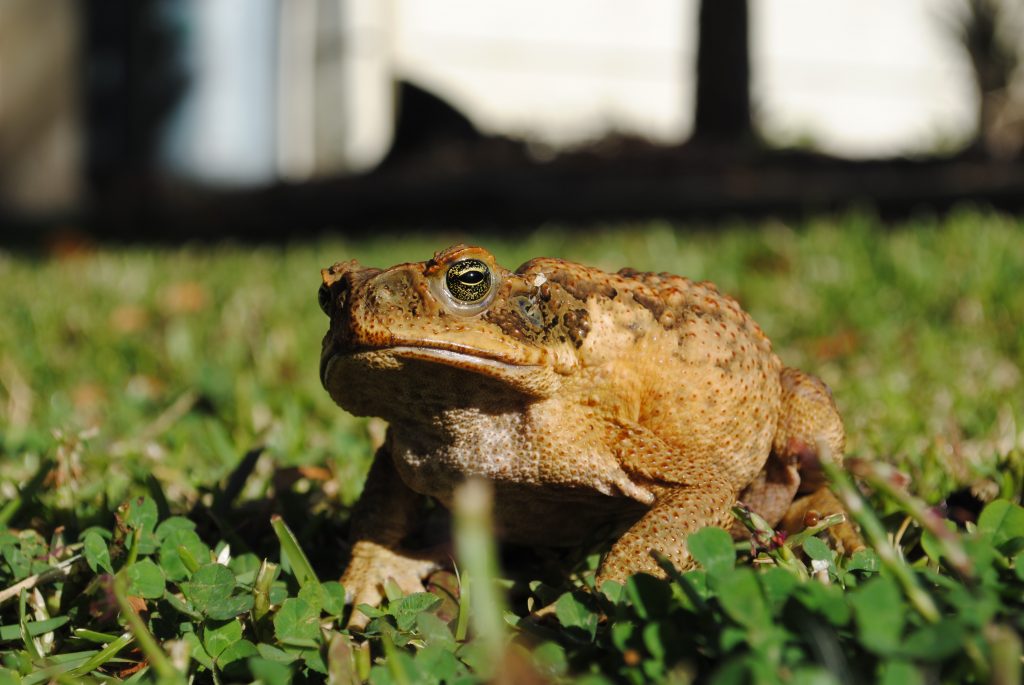
CANE toads were released in North Queensland in 1935 it was believed that they would help control beetles that were damaging sugar cane crops.
These introduced pests have not only taken a foothold in Queensland but have migrated rapidly poisoning native species.
This migration has seen multiple cane toads found in the Hunter as well as on the Mid North Coast.
Cane toads have previously been found in Salamander Bay.and Hawks Nest.
As cane toads aren’t native to Australia, there are no natural predators or diseases that control them.
The Cane Toad has become a huge threat to the biodiversity of the nation with a female cane toad able to lay 70,000 eggs.
Scientists have determined that it may be more effective to increase our understanding of cane toads and how to minimise their impact on Australia’s ecosystems.
The Department of Agriculture, water and environment states, “We don’t want cane toads to establish in the Hunter – it only takes one toad to have a huge impact on our biodiversity.
“If you catch a suspected cane toad, don’t kill it but store it in a ventilated container and report all sightings immediately to the DPI at https://www.dpi.nsw.gov.au/biosecurity/forms/report-an-unusual-animal-sighting.
“Or call your nearest Hunter Local Land Services Biosecurity Officer on 1300 795 299 to report unusual animals or pest species.”
ToadScan is a national website developed by the New South Wales Department of Primary Industries to help communities, local governments and pest controllers gather data on cane toads in order to support control programs.
On the website you can report sightings of cane toads, the damage cane toads are causing and control activities happening in your area.
Residents of Port Stephens and the Midcoast are being asked by their local authorities to be vigilant and to learn how to identify cane toads.
“If you intend to dispose of cane toads it’s important you can tell the difference between cane toads and local native frogs so you don’t kill frogs by accident.
“While adult cane toads are usually very large – around 9 to 15 centimetres (or 3.5 to 5 inches) long, smaller toads can easily be confused with native frogs.
“Cane toads have a number of distinguishing features, including: dry, warty skin that may be grey, yellowish, olive-brown or reddish-brown: a bony ridge from their eyes to their nose; leathery webbing between their back toes; no webbing between their front toes and large glands on each shoulder.”
By Marian SAMPSON